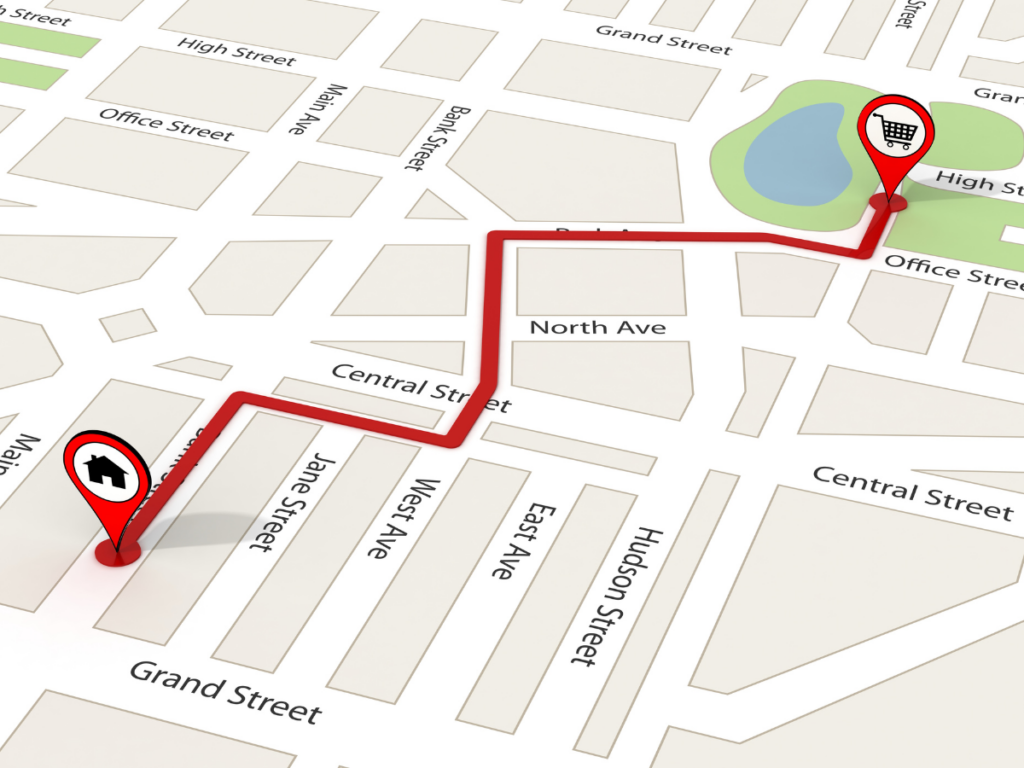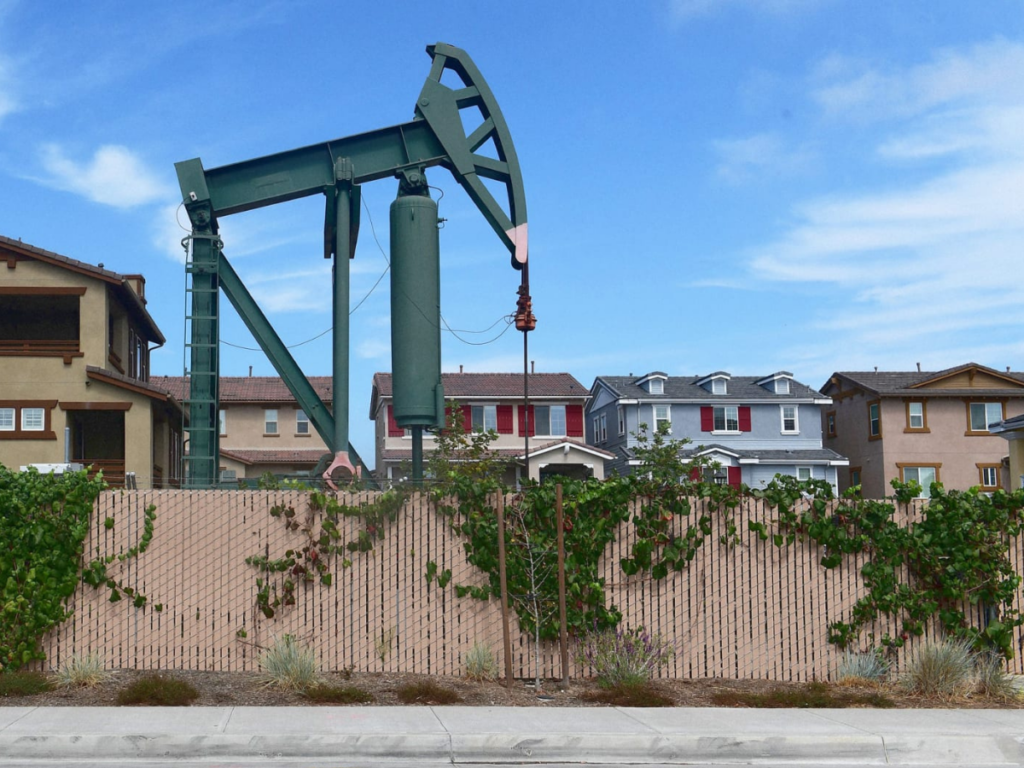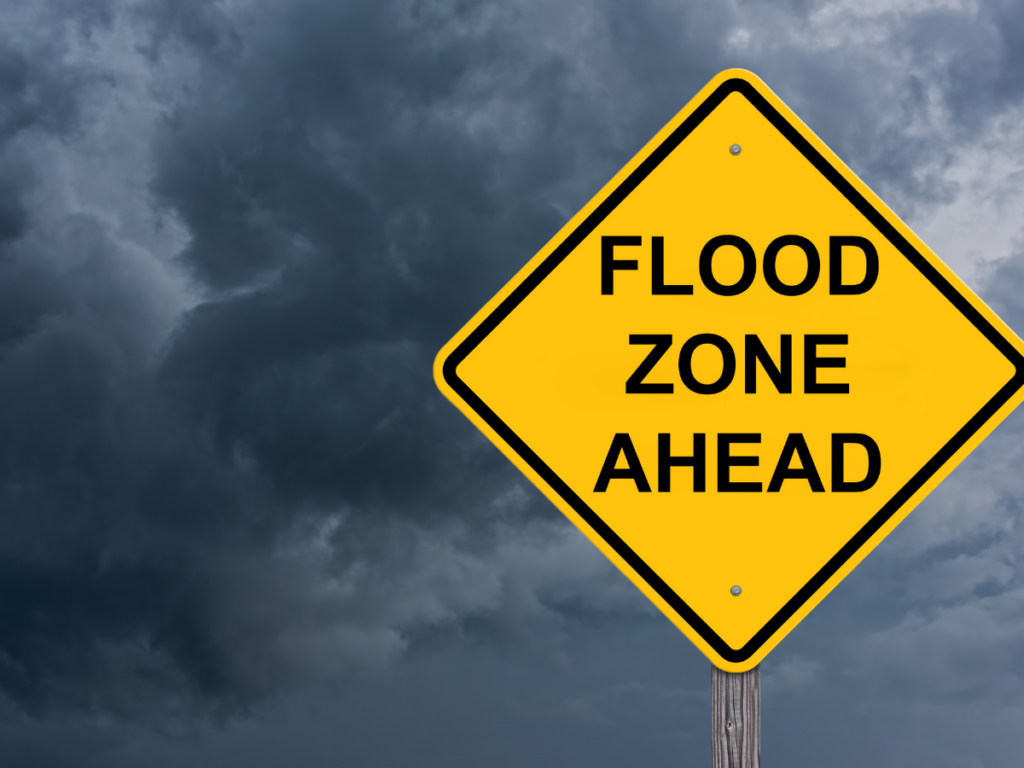Building your dream home in Texas starts with an essential step: finding the perfect piece of land. While designing the house is exciting, choosing the right land can significantly influence your home’s functionality, longevity, and value. This decision requires careful consideration of location, soil quality, and zoning regulations. Here’s what you need to know to make the best choice for your custom home:

1. The Importance of Location
Location isn’t just about convenience—it’s about lifestyle, investment, and long-term satisfaction.
-
Proximity to Amenities: Think about your daily routine. Consider access to schools, grocery stores, healthcare, and entertainment. If you’re building in rural Texas, ensure essential services are within a reasonable distance.
-
Community and Neighborhood: Research the area’s growth potential and community vibe. Some regions of Texas, like Austin and Dallas-Fort Worth, are booming with opportunities, while areas like Hill Country offer serene and picturesque living.
-
Climate and Natural Features: The Texas landscape is diverse. From the Gulf Coast to the plains, each region has unique challenges, such as flooding or extreme heat, that should inform your decision.
2. Soil Testing: The Foundation of Stability
Before buying land, it’s crucial to understand what lies beneath the surface. Soil conditions directly affect the stability and cost of construction.
-
Why Soil Testing Matters: Texas soil varies widely. For example, expansive clay soil, common in regions like Dallas, can shift dramatically with moisture changes, potentially leading to foundation issues. A professional soil test will reveal the type, depth, and composition of the soil.
-
Impact on Construction Costs: If the soil is unsuitable, you may need additional preparation, such as excavation, stabilization, or special foundation designs. Knowing this upfront helps you budget effectively.
-
Drainage and Erosion: Ensure the land allows for proper water drainage. Poor drainage can cause long-term problems, including erosion, flooding, and water pooling around your foundation.
3. Zoning Regulations: Building Within the Rules
Zoning laws and land use restrictions determine what can—and cannot—be built on your property.
-
Understanding Zoning Laws: Zoning dictates whether the land is designated for residential, agricultural, commercial, or mixed use. Ensure the plot you choose is zoned for residential construction.
-
Deed Restrictions and Covenants: Some neighborhoods or communities impose additional rules, such as minimum square footage, specific architectural styles, or prohibitions against certain structures.
-
Future Development: Research local plans for roadways, utilities, or commercial development. What seems like a quiet plot today might become a bustling hub tomorrow.
Tips for Selecting the Right Land
-
Hire Professionals: Work with real estate agents, land surveyors, and engineers familiar with Texas’s unique requirements.
-
Check Utilities Access: Ensure access to water, electricity, and sewage systems. Extending utilities to remote areas can be costly.
-
Visit Multiple Times: Visit the land at different times of the day and under varying weather conditions to assess lighting, noise, and drainage.
-
Consider the Terrain: A flat lot might be easier to build on, but rolling hills or elevated land can offer stunning views and unique design opportunities.
Choosing the right land is a critical step in building your custom Texas home. By focusing on location, soil quality, and zoning, you can avoid potential pitfalls and create a solid foundation for your dream home. Take your time, do your research, and work with experienced professionals to ensure your land is the perfect match for your vision.
Ready to start building your dream home? Contact us today, and let’s turn your vision into reality!








